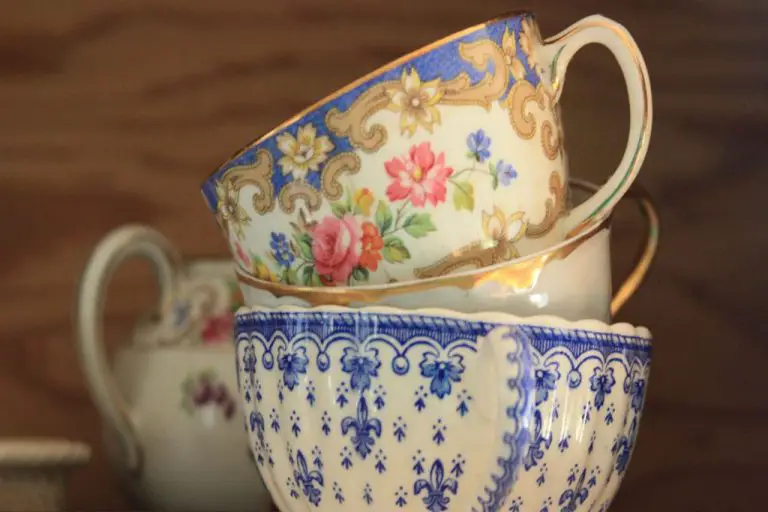Why Does Clay Soil Not Drain Well?
Clay soil is a very common type of soil, made up of tiny particles that stick together and retain water. While clay’s ability to hold moisture is beneficial for plants, too much clay in soil can lead to drainage issues. When clay soil gets wet, the small pore spaces between soil particles fill with water. Because these pores are so tiny, gravity cannot pull the water down through the soil. This results in standing water or very slow drainage after rain or irrigation. Improving drainage in clay soil is possible through various amendments and cultivation techniques, but understanding why clay does not drain well is the first step.
Composition of Clay
Clay soil contains a high proportion of very fine particles. Whereas sand particles are between 0.05 mm to 2 mm in diameter, and silt particles measure between 0.002 mm to 0.05 mm, clay particles are less than 0.002 mm. This means clay particles are extremely tiny and pack tightly together, leaving little space for air and water movement.
The small size and plate-like shape of clay particles gives clay soil some unique properties. Clay particles carry a negative electrical charge that causes them to stick together more tightly. The strong bonds between the tiny clay particles make clay soil dense with little pore space.
Small Pore Spaces
Clay soils have tiny gaps between the individual clay particles. These gaps are known as pore spaces. Compared to sandy soils that have large pore spaces between sand grains, the pore spaces in clay soils are much smaller. The small size of the pore spaces is due to the tiny size of clay particles. Clay particles are less than 0.002 mm in diameter, which is very small compared to sand particles that average 0.05 to 2 mm in diameter. The small size of clay particles means the gaps between the particles are also very small, often less than 0.0002 mm across.
The tiny pore spaces between clay particles are one of the main reasons that clay soils drain poorly. The small pore sizes make it difficult for water to flow through the soil. There simply is not enough room for water to move freely.
Poor Permeability
Clay soils have poor permeability, meaning water has difficulty flowing through clay. This is due to the small size of clay particles and pore spaces. With small pores and gaps between soil particles, water cannot flow freely. The clay’s dense structure and tightly packed particles resist water infiltration and drainage. Water molecules have trouble pushing through the tiny pores and limited pathways in clay. This poor permeability leads to standing water on the surface after rains or irrigation since the water cannot flow downward through the soil profile very quickly. The tight spaces and poor permeability cause water saturation and prevent excess water from draining effectively in clay soils.
Poor Aeration
The dense packing of clay soil particles also leads to poor aeration in clay soils. Air only makes up 5-10% of the total pore space in clay soils compared to 20-30% in more ideally structured soils. The limited air circulation in clay soils is due to the small size of pore spaces and how densely packed the soil particles are. There are fewer large openings that allow air to move freely through the soil. This lack of air circulation causes several problems:
– Limits root growth and respiration
– Promotes denitrification which leads to nitrogen loss
– Causes a buildup of carbon dioxide, methane and other gases
– Creates anaerobic conditions that can be toxic to plants
– Prevents water drainage since air is needed to displace water in pore spaces
The tightly condensed structure of clay prevents proper air circulation, which negatively impacts soil health and plant growth. Proper soil aeration is vital for supplying oxygen to plant roots and soil organisms.
Compaction
Clay soils are composed of very small particles that pack tightly together. This dense packing results in clay having a naturally high bulk density compared to other soil types. The small pore spaces between clay particles are easily compressed when heavy machinery drives over the soil or even just from the weight of rain. Compaction squeezes out the air from the already limited pore space in clay. With less pore space, the density increases and the soil becomes overly compacted into a dense, stiff mass. This compaction worsens drainage issues by further restricting water and air movement through the soil.
Slow Infiltration
One of the reasons clay soil drains poorly is because water infiltrates very slowly. Infiltration refers to how quickly water can enter and move through the soil. With clay soils, water has difficulty rapidly infiltrating down through the soil profile. This is due to the small pore spaces and low permeability of clay.
When it rains, water accumulates on the surface of clay soils and is not able to rapidly penetrate into the ground. Instead, water ponds on the surface and moves downhill as runoff. The dense nature of clay means there are few large openings for water to flow through. Water can only slowly creep into the tight spaces between clay particles. This restricts the infiltration rate significantly compared to sandy soils that have large voids.
Slow infiltration causes water to get stuck on top of clay soils longer after rain events. This leads to saturated conditions that hamper drainage. Improving the infiltration capacity is key to enhancing drainage in clay soils over time.
Poor Drainage
Clay soil’s poor drainage leads to waterlogged, soggy conditions. When it rains, water accumulates on the surface and takes a long time to infiltrate into the dense clay. With nowhere for the water to go, the soil becomes saturated. Puddles form on the surface, and muddy conditions persist. Plant roots suffocate from lack of oxygen when pores fill with water for too long. Anaerobic bacteria thrive in saturated soils, producing toxic compounds. Drainage issues stress plants and create an unfavorable environment for many crops.
Surface Runoff
The poor drainage capacity of clay soils frequently leads to surface runoff. When it rains, water is unable to quickly infiltrate the dense, compacted clay. Instead, the water pools on the surface and flows downhill under the forces of gravity. Puddles readily form on clay during wet weather. If the terrain is steep, runoff can accumulate velocity and erosive capacity as it flows. Runoff across bare clay can transport large amounts of sediment. On flatter terrain, ponding often occurs. The low infiltration rates of clay soils mean that more of the rainfall travels overland as runoff compared to better-draining sandy or loamy soils.
Improving Drainage of Clay Soil
There are several strategies that can help improve the drainage of clay soil. One of the most effective methods is to add organic matter like compost or manure. Organic matter helps open up the dense clay structure and creates larger pore spaces for better permeability.
Adding 2-3 inches of compost and tilling it into the top 6-8 inches of soil every year or two can significantly improve drainage over time. Animal manures, leaf mold compost, grass clippings, hay, and straw are all useful organic additions. It’s best to incorporate organic matter when the soil is not too wet.
Adding a top layer of sand, small gravel, or other coarse materials can also help improve surface drainage. Installing drainage tile or french drains beneath the soil is another solution for directing water away from poorly draining areas.
Growing deep-rooted plants can help open up clay soil over time. The roots create channels and pore spaces as they penetrate down into the ground. Avoid excessive tilling which causes compaction. Also, minimize heavy traffic and equipment use on wet clay soil to prevent compaction.




